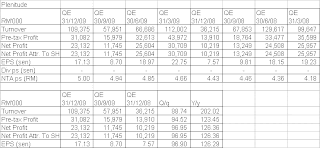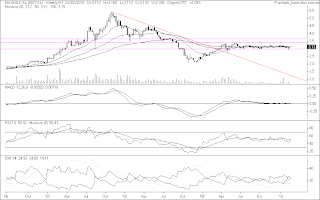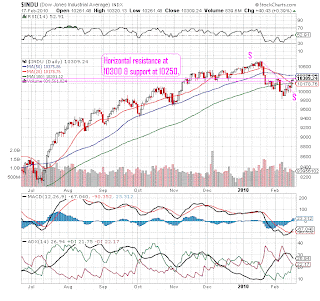APM & TChong are both controlled by Dato' Tan Heng Chew, mainly through Tan Chong Consolidated Sdn Bhd ('TCC'). As at 31/3/2009, Dato' Tan & TCC together owned 52.8% & 50.85% of APM & TChong, respectively. TCC is a private company owned by the two brothers who founded the Tan Chong empire years ago. The two families were at logger heads up until recently when a solution was reached on how to divide up their interests in TCC.
A corporate exercise involving APM & TChong either in the form of the takeover of APM by TChong or the merger of the two companies or the sale of the business of both companies to a Newco could be in the final leg. Looking at the fact sheet below, I think it may involve a share exchange between APM & TChong at a ratio of 5 APM shares for either 6 or 7 TChong shares, if the exercise is a takeover of APM by TChong or a merger between APM & TChong. If it's a sale of the their business to a Newco, the valuation of the business/shares of APM & TChong may reflect the same ratio of either 5:6 or 5:7 in favor of APM.

Table: APM & TChong's Fact Sheet

Chart 1: TChong's weekly chart as at Feb 24, 2010 (Source: Tradesignum)

Chart 2: APM's weekly chart as at Feb 24, 2010 (Source: Tradesignum)
















































